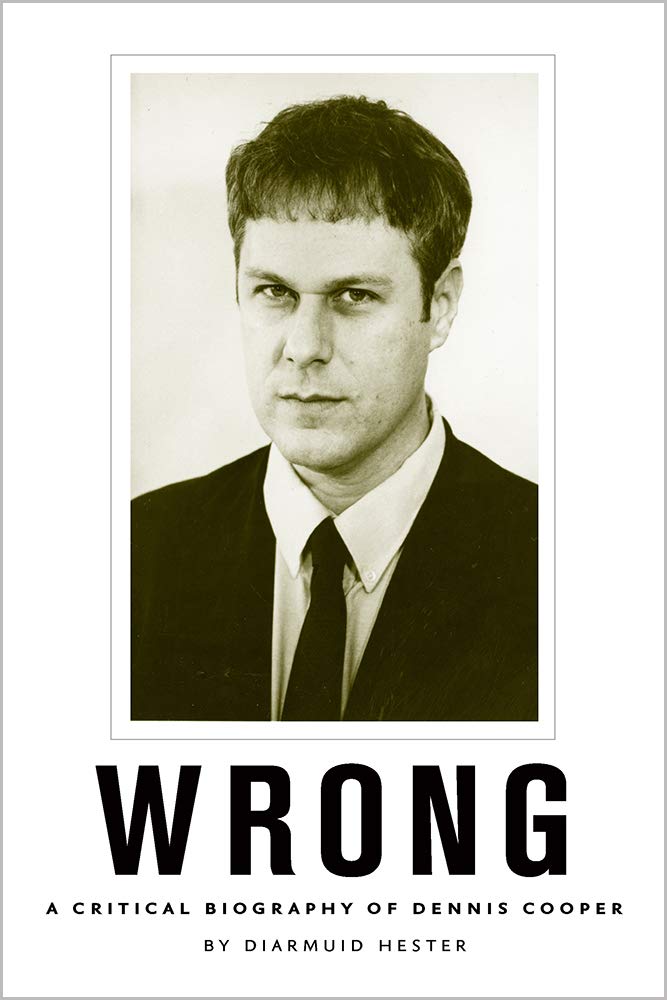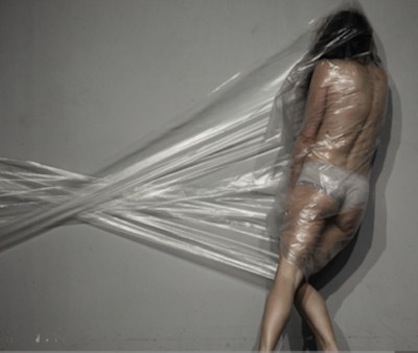
‘Following World War II, performance art emerged as a useful way for artists to explore philosophical and psychological questions about human existence. For this generation, who had witnessed destruction caused by the Holocaust and atomic bomb, the body offered a powerful medium to communicate shared physical and emotional experience. Whereas painting and sculpture relied on expressive form and content to convey meaning, performance art forced viewers to engage with a real person who could feel cold and hunger, fear and pain, excitement and embarrassment—just like them.
‘Some artists, inspired largely by Abstract Expressionism, used performance to emphasize the body’s role in artistic production. Working before a live audience, Kazuo Shiraga of the Japanese Gutai Group made sculpture by crawling through a pile of mud. Georges Mathieu staged similar performances in Paris where he violently threw paint at his canvas. These performative approaches to making art built on philosophical interpretations of Abstract Expressionism, which held the gestural markings of action painters as visible evidence of the artist’s own existence. Bolstered by Hans Namuth’s photographs of Jackson Pollock in his studio, moving dance-like around a canvas on the floor, artists like Shiraga and Mathieu began to see the artist’s creative act as equally important, if not more so, to the artwork produced. In this light, Pollock’s distinctive drips, spills and splatters appeared as a mere remnant, a visible trace left over from the moment of creation.
‘Shifting attention from the art object to the artist’s action further suggested that art existed in real space and real time. In New York, visual artists combined their interest in action painting with ideas of the avant-garde composer John Cage to blur the line between art and life. Cage employed chance procedures to create musical compositions such as 4’33”. In this (in)famous piece, Cage used the time frame specified in the title to bracket ambient noises that occurred randomly during the performance. By effectively calling attention to the hum of fluorescent lights, people moving in their seats, coughs, whispers, and other ordinary sounds, Cage transformed them into a unique musical composition.
‘Drawing on these influences, new artistic formats emerged in the late 1950s. Environments and Happenings physically placed viewers in commonplace surroundings, often forcing them to participate in a series of loosely structured actions. Fluxus artists, poets, and musicians likewise challenged viewers by presenting the most mundane events—brushing teeth, making a salad, exiting the theater—as forms of art. A well-known example is the “bed-in” that Fluxus artist Yoko Ono staged in 1969 in Amsterdam with her husband John Lennon. Typical of much performance art, Ono and Lennon made ordinary human activity a public spectacle, which demanded personal interaction and raised popular awareness of their pacifist beliefs.
‘In the politicized environment of the 1960s, many artists employed performance to address emerging social concerns. For feminist artists in particular, using their body in live performance proved effective in challenging historical representations of women, made mostly by male artists for male patrons. Artists of the 1960 and 70s also experimented with other “dematerialized” formats including Earthworks and Conceptual Art that resisted commodification and traditional modes of museum display. The simultaneous rise of photography and video, however, offered artists a viable way to document and widely distribute this new work. Their ground-breaking work paved the way for male and female artists in the 1980s and 1990s, who similarly used body and performance art to explore issues of gender, race and sexual identity.
‘Performance art’s acceptance into the mainstream over the past 30 years has led to new trends in its practice and understanding. Ironically, the need to position performance within art’s history has led museums and scholars to focus heavily on photographs and videos that were intended only as documents of live events. In this context, such archival materials assume the art status of the original performance. This practice runs counter to the goal of many artists, who first turned to performance as an alternative to object-based forms of art. Alternatively, some artists and institutions now stage re-enactments of earlier performances in order to recapture the experience of a live event.’ — Virginia B. Spivey
______
Lectures
Martha Wilson’s lecture on the history of performance art, part 1
History of the Circus Sideshow / Freakshow
Amy Bryzgel ‘Performance Art East and West’
Catherine Wood on Performance Art
RoseLee Goldberg on Performance Art
______
Context
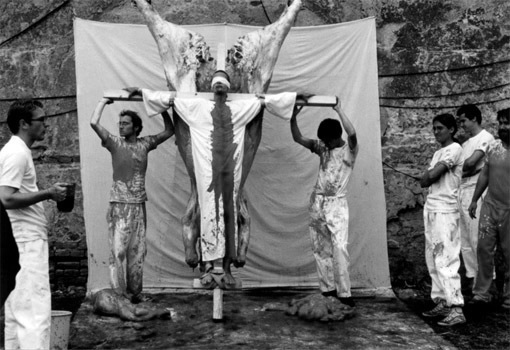
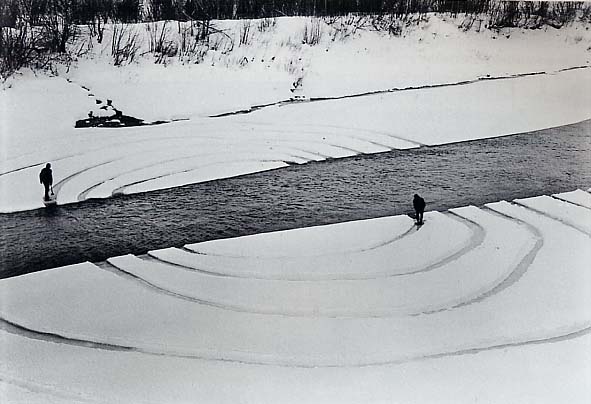
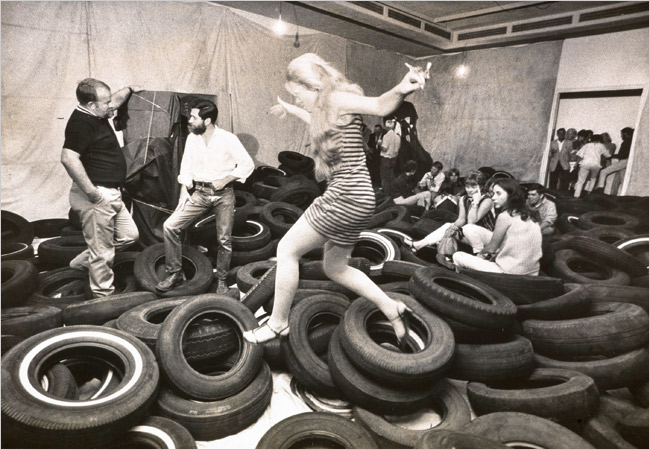
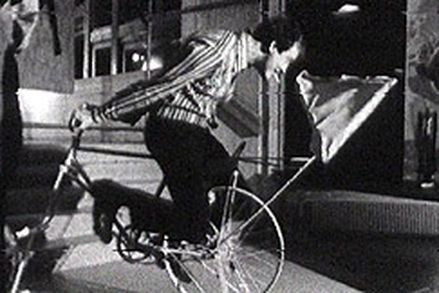
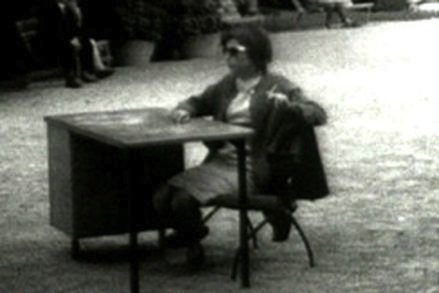
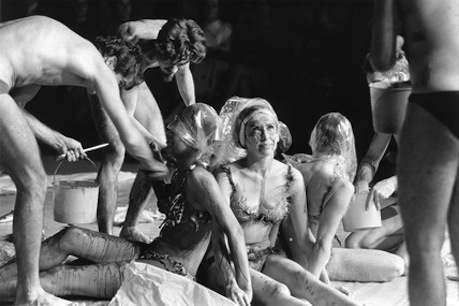
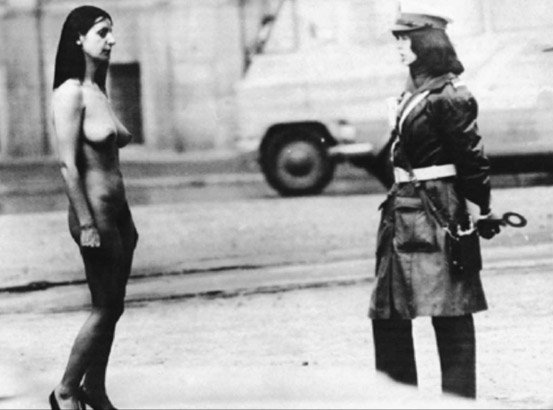
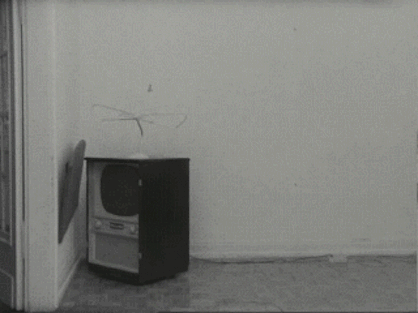

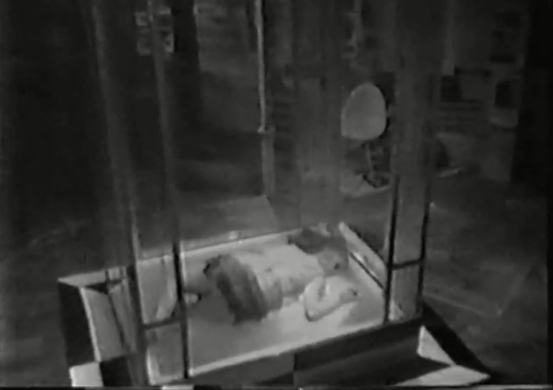
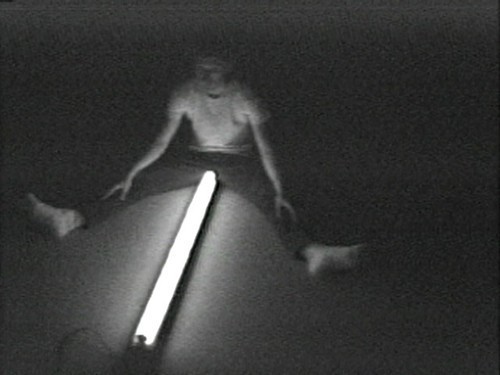
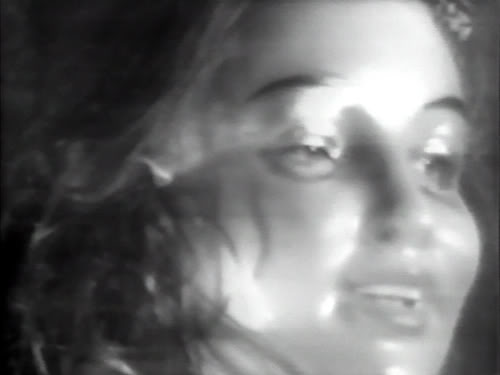
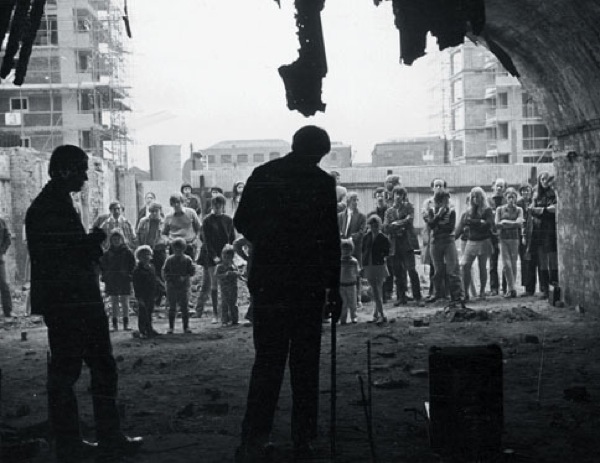
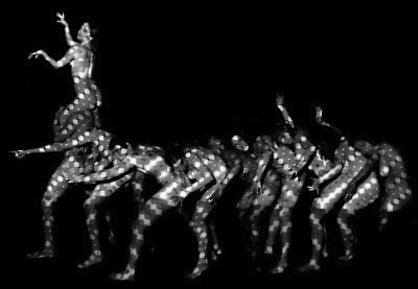

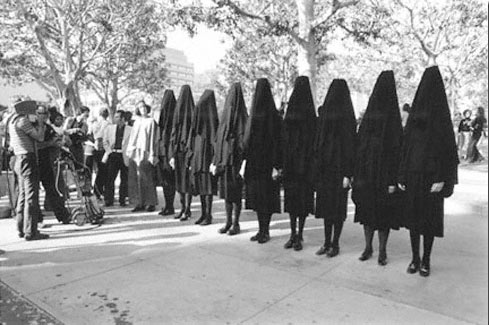
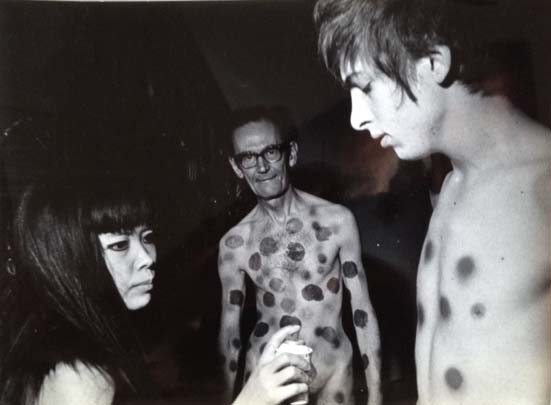
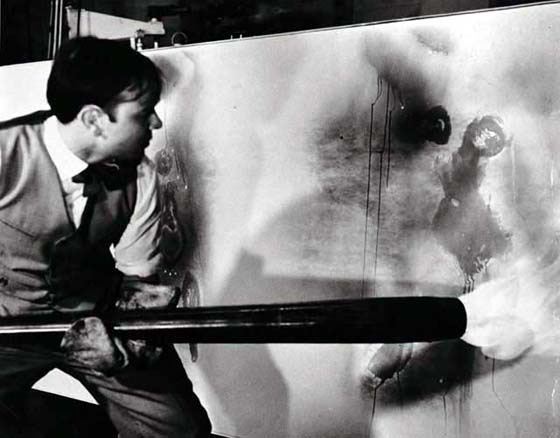
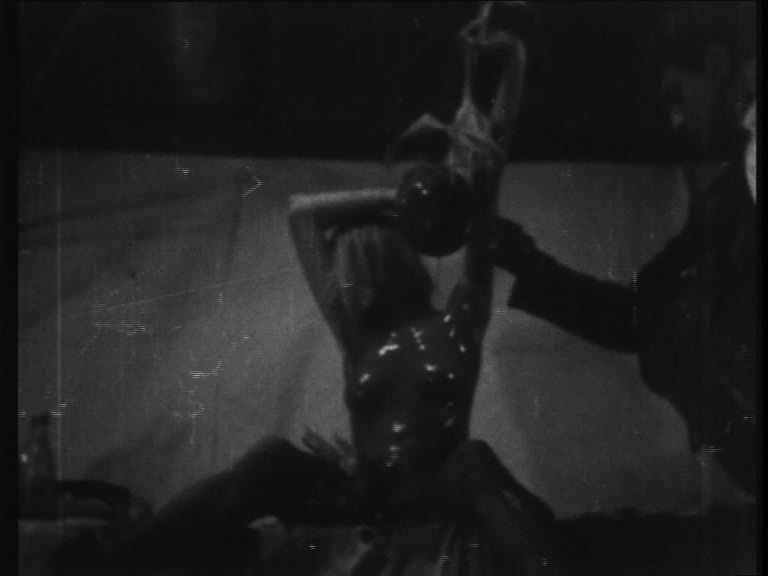
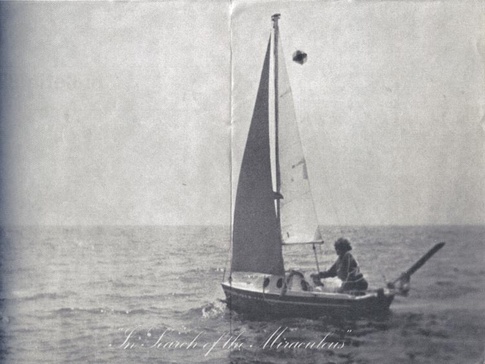

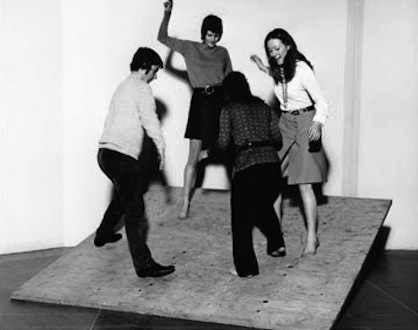
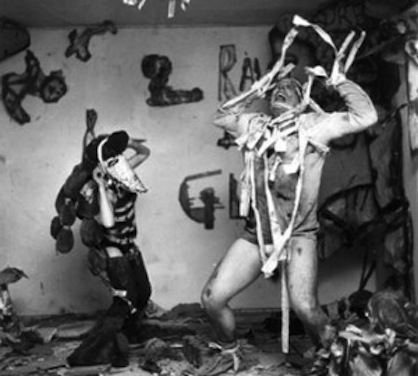
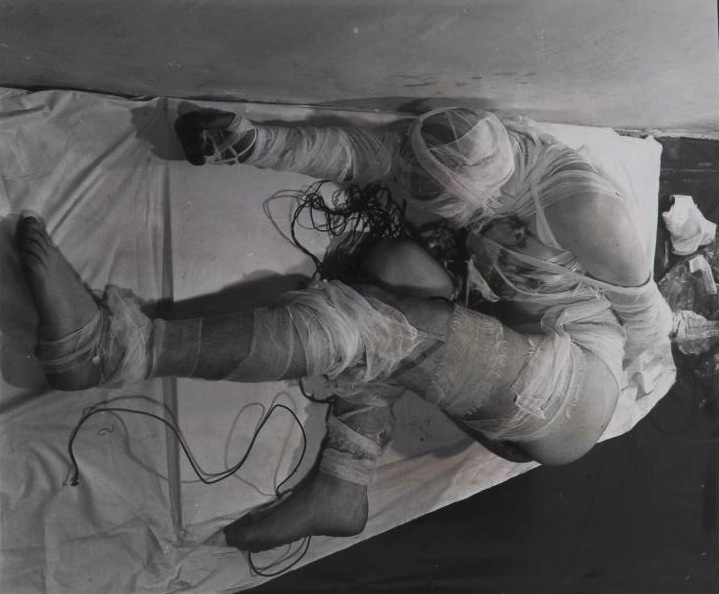
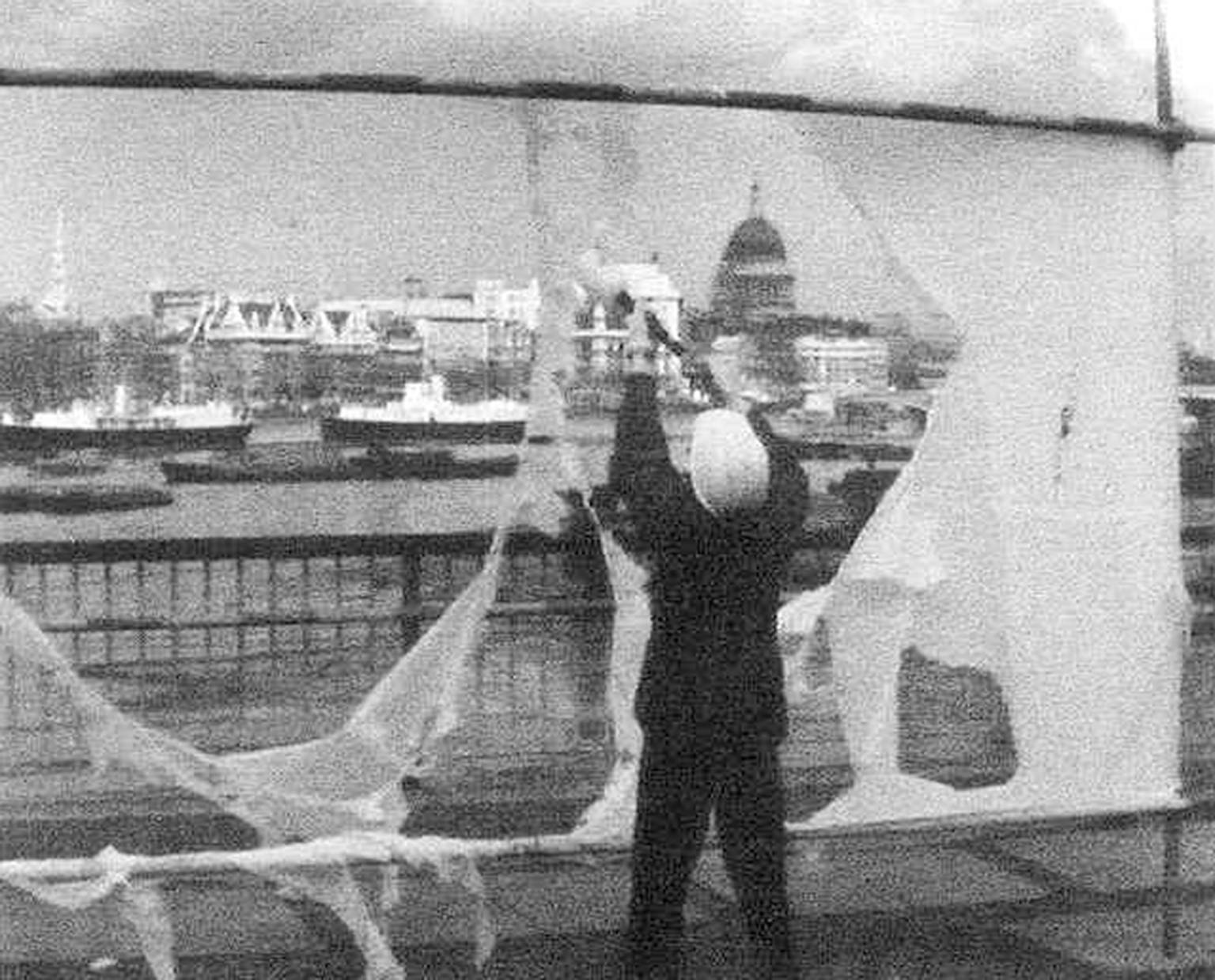
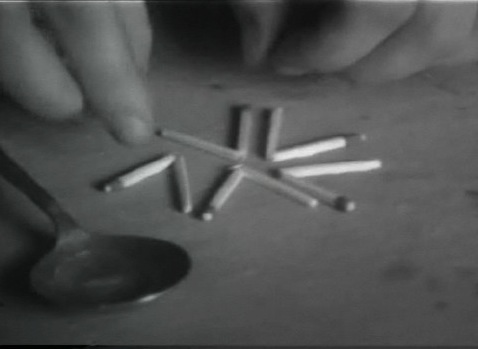
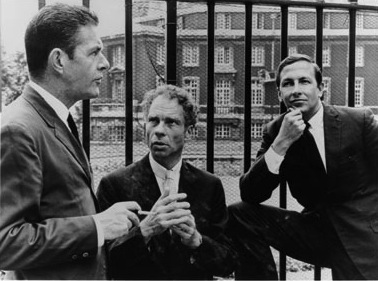
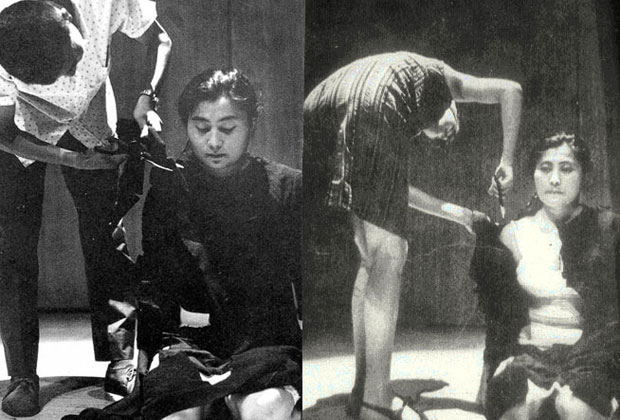
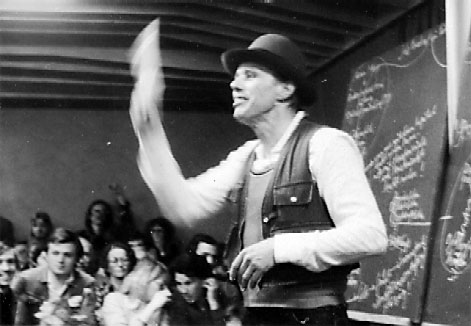
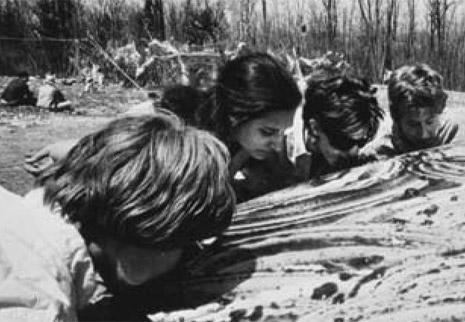
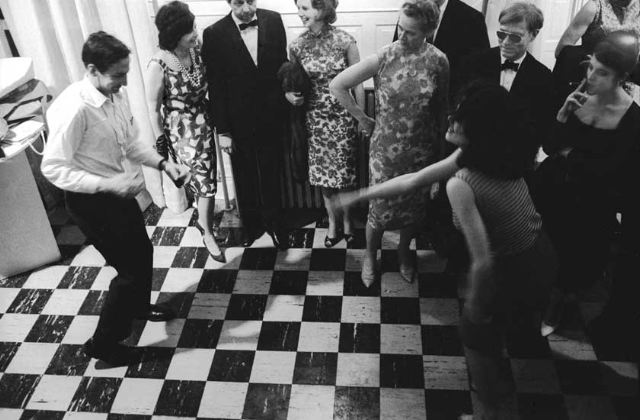
______
Line-up
Robert Whitman
Yves Klein
Yoko Ono
Karlheinz Stockhausen
Tiny Tim
Yayoi Kusama
Bruce Nauman
The Open Theater
Bas Jan Ader
Chris Burden
Vito Acconci
Martha Rosler
Ulay & Abramović
Tehching Hsieh
___________________________
Robert Whitman The American Moon (1960)
‘Robert Whitman is an outstanding American artist best known for creating non-narrative theater works rich in visual and sound images that incorporate actors, film, slides, sound, and evocative props in environments of his own making. Whitman was born in New York City in 1935. He studied literature at Rutgers University from 1953 to 1957 and art history at Columbia University in 1958. He began in the late fifties to present pioneering theater works like The American Moon (1960), Mouth (1961), and Flower (1963), as well as to exhibit his sculpture and installations in some of New York’s more advanced galleries. Whitman’s interest in incorporating non-traditional materials into his work led to an increasing involvement with new technologies like lasers and advanced optics.’ — zero1biennial.org
________________
Yves Klein Blue Women (1962)
‘Yves Klein was the most influential, prominent, and controversial French artist to emerge in the 1950s. He is remembered above all for his use of a single color, the rich shade of ultramarine that he made his own: International Klein Blue. But the success of his sadly short-lived career lay in attacking many of the ideas that underpinned the abstract painting that had been dominant in France since the end of the Second World War. For some critics he is a descendent of Marcel Duchamp, a prankster who lampooned settled understandings of painting and opened art up to new media. Others consider him as a descendant of earlier avant-garde artists such as Kazimir Malevich and Aleksander Rodchenko, who were also attracted to the monochrome. And even in the ways he used performance later on in his career, he is like many artists who rediscovered some of the tactics of earlier avant-gardes in the 1950s and ’60s.’ — theartstory.org
Excerpt
______________
Yoko Ono Cut Piece (1964)
‘Yoko Ono first performed Cut Piece in 1964 in Japan. She repeated the performance at Carnegie Hall in New York in 1965. In September of 2003 she performed the piece for the last time in Paris. The piece consists of a solitary perfomer, Yoko Ono, sitting on stage with a pair of scissors at her side – inviting the audience to come and cut off pieces of her clothing and take them away. (Audience members are given this instruction in a leaflet at the commencement of the piece.) Unflinching, she allows strangers to gradually remove portions of her clothing until there is nothing more to cut away at. The piece ends when nothing more can be cut, or when the performer decides that the piece has ended. In her script for the piece Yoko Ono adds that the performer does not have to be a woman.’ — floricavlad.com
__________________________
Karlheinz Stockhausen Mikrophonie I (1964)
‘Mikrophonie I (Work Number 15), for tamtam, 2 microphones, 2 filters, and controllers, is an example of moment form, polyvalent form, variable form, and process composition. It consists of 33 structural units, or “moments”, which can be ordered in a number of different ways, according to a “connection scheme” specifying the relationships between successive moments by a combination of three elements, one from each of the following groups: (1) similar, different, or opposite; (2) supporting, neutral, or destroying; (3) increasing, constant, or decreasing. In Mikrophonie I two percussionists play a large tam-tam with a variety of implements. Another pair of players use hand-held microphones to amplify subtle details and noises, inflecting the sound through quick (and precisely scored) motions. The last two performers, seated in the audience, apply resonant bandpass filters to the microphone outputs and distribute the resulting sounds to a quadraphonic speaker system.’ — Wiki
Excerpt
_________________
Tiny Tim The Other Side (1966)
‘Tiny Tim was an American singer, ukulele player, and musical archivist. He was most famous for his rendition of “Tiptoe Through the Tulips” sung in a distinctive high falsetto/vibrato voice. Tiny Tim first appeared in Jack Smith’s film Normal Love, as well as the independent feature film You Are What You Eat (his appearance in this film featured him singing the old Ronettes hit, “Be My Baby” in his falsetto range). These tracks were recorded with Robbie Robertson and the other members of what was going to become known as The Band. The latter performance led to a booking on the massively popular Rowan and Martin’s Laugh-In, an unpredictable American television comedy-variety show. Dan Rowan announced that Laugh-In believed in showcasing new talent, and introduced Tiny Tim. The singer entered carrying a shopping bag, pulled his soprano ukulele from it, and sang a medley of “A Tisket A Tasket” and “On the The Good Ship Lollipop” with a dumbfounded Dick Martin standing near.’ — collaged
______________________
Yayoi Kusama Self-Obliteration (1967)
‘So many ideas were coming forth one after another in my mind that sometimes I had trouble knowing what to do with them. In addition to making painting, sculpture, and avant-garde fashion, I made a film called Kusama’s Self-Obliteration. I starred in, directed and produced it, and Jud Yalkut filmed one of my Happenings in Woodstock. I played the role of high priestess and painted the nude bodies of models on the stage with polka dots in five colors. I was never nude, publicly or privately. At the homosexual orgies I directed, I always stayed at a safe place with a manager in the studio to avoid being arrested by police. I think I staged about 200 Happenings all over the place. The film is a document of my performances and happenings, and it is itself a performance. What is the meaning of “self-obliteration?” By obliterating one’s individual self, one returns to the infinite universe.’ — Yayoi Kusama
Excerpt
_______________________________________
Bruce Nauman Walking in an Exaggerated Manner … (1967-68)
‘Walking in an Exaggerated Manner Around the Perimeter of a Square represents a microcosm of the fundamental themes rooted in Bruce Nauman’s colorful aesthetic: circularity, repetition, minimalism, body awareness, and post-structural linguistic theory. These themes are ingrained into what is essentially a ten- minute performance of epic banality; : Nauman deliberately traipsing foot over foot along the perimeter of a makeshift masking tape square several times, alternating between forward and backward movements. It’s anti-film in a sense, the camera reductively operating only as a simple recording device, stripped of its power to manipulate the image and pared down to its base function as a dispassionate observer. All pertinent information is laid bare from the start; the title of the piece describes the entirety of the task that Nauman rigorously performs ad nauseam, simultaneously giving and taking instruction.’ — Not Coming
_____________________
Various A Happening in Paris (1968)
‘In a Parisian art gallery, painters, performance artists, dancers and the interested public participate in a happening.’ — Budget Films
_____________________
The Open Theater The Serpent (1969)
‘The Open Theater was an experimental theatre group active from 1963 to 1973. It was founded in New York City by a group of former students of acting teacher Nola Chilton, and joined shortly thereafter by director Joseph Chaikin, formerly of The Living Theatre, and Peter Feldman. The group’s intent was to continue Chilton’s exploration of a “post-method”, post-absurd acting technique, by way of a collaborative and wide-ranging process that included exploration of political, artistic, and social issues, which were felt to be critical to the success of avant-garde theatre. The company, developing work through an improvisational process drawn from Chilton and Viola Spolin, created well-known exercises, such as “sound and movement” and “transformations”, and originated radical forms and techniques that anticipated or were contemporaneous with Jerzy Grotowski’s “poor theater” in Poland.’ — collaged
__________________
Bas Jan Ader Fall 1, Fall 2 (1970)
‘In recent years, the work of Dutch artist Bas Jan Ader (1942–1975) has become admired and exhibited worldwide. Ader’s famed performances in falling—from a rooftop, say, or a riverbank—gained resonance as post-millennial economic and social hopes also plummeted. An increasingly interdisciplinary art world has become more ready to appreciate Ader’s gesture towards a melding of conceptualist rigour and romantic tragedy. Ader’s work… demonstrates how much conceptual art owes to the aesthetic of the sublime, to the idea of experiencing emotion rather than depicting it.’ — CanadianArt
___________________________
Chris Burden Through the Night Softly (1973)
‘In 1973, Chris Burden bought a month worth of late-night ad time on a local TV station in Los Angeles, and aired a 10-second film clip of Through the Night Softly, a performance where Burden, clad only in bikini underwear, crawls across a parking lot full of broken glass with his hands behind his back. The poetic title, Through the Night Softly is mentioned in an intertitle in the commercial itself, but the piece is treated separately. Burden calls it “TV Ad,” and “TV Ad piece,” as in “The TV Ad piece came out of a longstanding desire to be on television.” Burden’s ad is preceded by a Ronco record ad and followed–almost too perfectly–by another naked guy, lathering up in a soap commercial. In retrospect, Burden’s ideas for the piece are almost quaint. He wanted to be on “real TV,” which he defined at the time as “anything you could flip to on a dial. Anything else–cable, educational, video–was not real TV.” And he also expressed “satisfaction” at knowing that 250,000 people a night would see his video “stick out like a sore thumb” and “know that something was amiss.”‘ — greg.org
__________________
Vito Acconci Theme Song (1973)
‘In Theme Song, Acconci uses video as close-up to establish a perversely intimate relation with the viewer, creating a personal space in which to talk directly to (and manipulate) the spectator. He is face to face with the viewer, his head close against the video screen, lying cozily on the floor. Acconci writes, “The scene is a living room — quiet, private night — the scene for a come-on — I can bring my legs around, wrapping myself around the viewer — I’m playing songs on a tape recorder — I follow the songs up, I’m building a relationship, I’m carrying it through.” Smoking cigarettes, he begins a seductive monologue as he plays “theme songs” by the Doors, Bob Dylan, Van Morrison, Kris Kristofferson and others on a tape recorder. The songs are a starting point for his come-ons; the tenor of his monologues shifts with the lyrics. “Of course I can’t see your face. I have no idea what your face looks like. You could be anybody out there, but there’s gotta be somebody watching me. Somebody who wants to come in close to me … Come on, I’m all alone … I’ll be honest with you, O.K. I mean you’ll have to believe me if I’m really honest…” Theme Song, with its ironic mixture of openness and manipulation, is one of Acconci’s most effective works.’ — Electronic Arts Intermix
Excerpt
____________________________
Martha Rosler Semiotics of the Kitchen (1975)
‘Semiotics of the Kitchen is a feminist parody video and performance piece released in 1975 by Martha Rosler. The video, which runs six minutes, is considered a critique of the commodified versions of traditional women’s roles in modern society. Featuring Rosler as a generic cooking show host, the camera observes as she presents an array of kitchen hand utensils, many of them outdated or strange, and, after identifying them, demonstrates unproductive, sometimes, violent, uses for each. It uses a largely static camera and a plain set, allowing the viewer to focus more on Rosler’s performance and adding a primitive quality.’ — collaged
___________________
Ulay & Abramović AAA AAA (1978)
‘Abramovic and Ulay kneel in front of each other, gazing into each other’s eyes. Initially, they produce the same monotonous sound, but gradually a contest develops: who can yell, scream and yowl the loudest and longest? Ulay is the first to give up. When Abramovic has also screamed herself hoarse, they both resume their original position. The performance is reminiscent of ‘Freeing the Voice’ (Abramovic 1976), in which Abramovic screamed herself hoarse. There, the emphasis was on cleansing body and mind, while AAA-AAA revolves around the relationship between two lovers. Starting from a position of equality, they try to outdo each other. There are two versions of AAA-AAA, one recorded in Liège (which is a longer colour version of the current work), the other in Amsterdam.’ — catalog.nimik.nl
___________________________
Tehching Hsieh One Year Performance (1980 – 1981)
‘Tehching Hsieh dropped out from high school and started creating art in the form of paintings; he went on to create several performance pieces after finishing his three years of compulsory military service in Taiwan. In 1974, Hsieh jumped ship to a pier of the Delaware River, near Philadelphia, and made a living as a dishwasher and cleaner during his first four years in New York. From 1978–1986, Hsieh accomplished five One Year Performances; from 1986–1999, he worked on what he called his “Thirteen-Year Plan”. For one year, from April 11, 1980 through April 11, 1981, Hsieh punched a time clock every hour on the hour. Each time he punched the clock, he took a single picture of himself, which together yield a 6 minute movie. He shaved his head before the piece, so his growing hair reflects the passage of time. Documentation of this piece was exhibited at the Solomon R. Guggenheim Museum in 2009, using film, punch cards and photographs.’ — collaged
Excerpt
—-
*
p.s. Hey. ** Dóra Grőber, Hi! My pleasure, as always. Wonderful about Anita spending a few days with you! Have incredible fun and amazing conversations, as I know you guys will. I look forward to seeing you on Friday and catching up on everything. Take good care ’til then! ** Steevee, Hope the psychiatrist visit went well. And, okay, ‘Dunkirk’, your assessment? I liked ‘Nocturama’ quite a bit. Curious what you’ll think. Your opinion feels re: it unpredictable. I’m not sure how much of the most recent Rosenbaum writings I’ve read. Surely some. My admiration, of course, is derived from his history and body of work that was quite influential on me. I’m sorry to hear that you and he don’t get along taste-wise. Hoberman and Daney are also great film writer heroes of mine. ** Juana quinones, Hi, Juana! Thanks a lot for coming here and for being ‘in’. What’s up? How are you? ** New Juche, Hm, I don’t remember why ‘Brotherhood of Justice’ wasn’t included. Maybe there wasn’t a decent clip available at the time I originally assembled the post? Other than a lifelong dream to make a porn film, a dream now dead, I never dreamt of making films. Well, in college I did and took filmmaking classes only to discover I had no talent for visualizing things in motion. So, yes, the burning interest in making films essentially started with Zac with whom, miraculously, I almost seem to share minds in terms of what I want to make/do/see in film. It’s a super thrilling stroke of luck and development, and, for the time being, it is the practice I want to concentrate on most fully. Really great luck with the submission process re: ‘Bosun’. Sure, why not try Kiddiepunk? Obviously a fantastic venue. I love the zines possibility. I hope that happens. And I hope you have the best time humanly possible in the capitol. Let me know what you’re up to when you get the chance please. ** David Ehrenstein, Recopying by hand, wow. Wonderful that he’s so dedicated. Excited to see ‘Soon’ whenever it’s ready. Great name, of course. ** Bill, Hi. I like the ‘John Wick’ movies, but it’s hard to know if they’re others’ things. I can’t stand Nolan’s films other than ‘Memento’, which I could likely hate now that I’ve seen more of what he wants to be up to. ‘Valerian’ is remotely tempted to me but only really because I hear it’s a ridiculous, incoherent shitshow. ** Sypha, Hi. Interesting about ‘Black Hole’. I quite like that track ‘Forbidden Blocks’ too, no big surprise. (My computer spell-corrected ‘Forbidden Blocks’ into ‘Forbidden Books’, which isn’t a bad track title either). What a cool, wacky dream. Wow. That’s a dream I’d like to take a vacation inside. ** Jeff J, Hi. Ha ha, I do think a lot about creating the most unsuspected and yet surprisingly sensible post transitions when I can. Okay, cool, I’ll look for his work via those other projects, thank you. Thanks, I’ll look for the email/mp3. Very curious, of course. Your planning on the pre-planning process sounds right. Your sentences feel confident. Mm, no larval novel ideas. I think I’m kind of out of the novel loop right now. I do have a kind of longing to finish my long-dormant novel-in-progress. Some days the feeling is strong enough that I almost open the document, but I don’t. I’m completely confident that I will at least finish that unfinished novel, but I’m not sure when. Maybe soonish, or maybe not. At some point I want to go back at look at my abandoned novel about my relationship with George Miles from some years ago, but I’m about 98% sure it’s unsalvageable. Thank you asking about that. ** H, Hi, h. I’m happy you enjoyed the Keanu’s younger work post. Yes, I’m sure a break from the film will be a positive thing, but I weirdly do miss it. ** _Black_Acrylic, Hi, Ben! Where you been, man? I don’t think that you would be able to escape redundancy-related stress no matter what happens. Spoken as a person given to bouts of anxiety about my future’s uncertainties. I hope that does kickstart your creativity. I bet it just needs the gentlest nudge. ** Misanthrope, I had a feeling you might have had some level of daydreaming about acting or encouragement to daydream/pursue that. I can see you as an actor. You have that kind of actor charisma thing, not that I can define what that means. Based on my experiences making films so far, I would say that being a good actor is some kind of inherent thing and not necessarily something that comes through training. In Zac’s and my films, some of the most amazing performances are from people who have never acted or thought about acting before. Interesting stuff. ** S., No, I don’t think you told me that, but you do get laid a whole lot compared to the likes of … almost everybody? So you might have told me but it got lost in the shuffle. There’s a murf mobile? Wait, what is a murf. My eyes saw smurf for a second. When I read the word murf, it immediately seems like the name of a surfer. Close? ** Okay. Today’s post has a backstory that isn’t every interesting at all, but, nonetheless … When I was looking for posts to restore the other day, I found the one up above which I apparently started making years ago but never finished for some reason. But when I looked at its ruins, I thought, This seems finished. So I don’t know I originally meant it to become. Anyway, so today you get a … I don’t know … blog equivalent of an unreleased DC’s track from 2012. That is all. See you tomorrow.
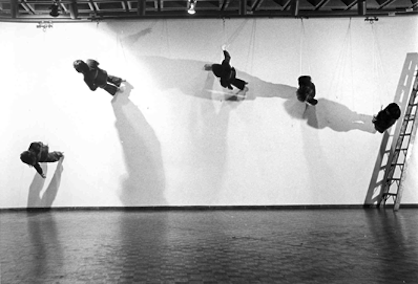

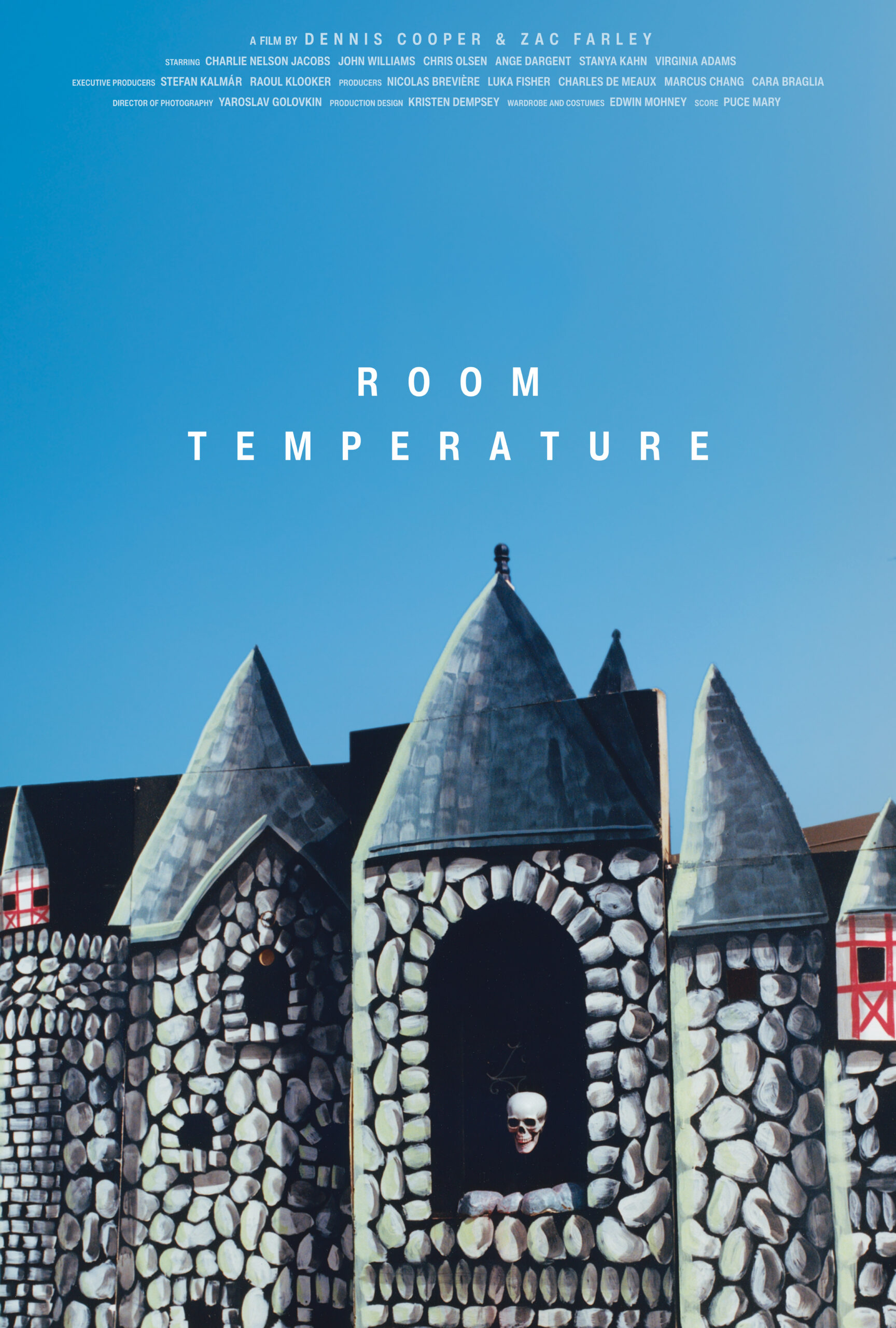

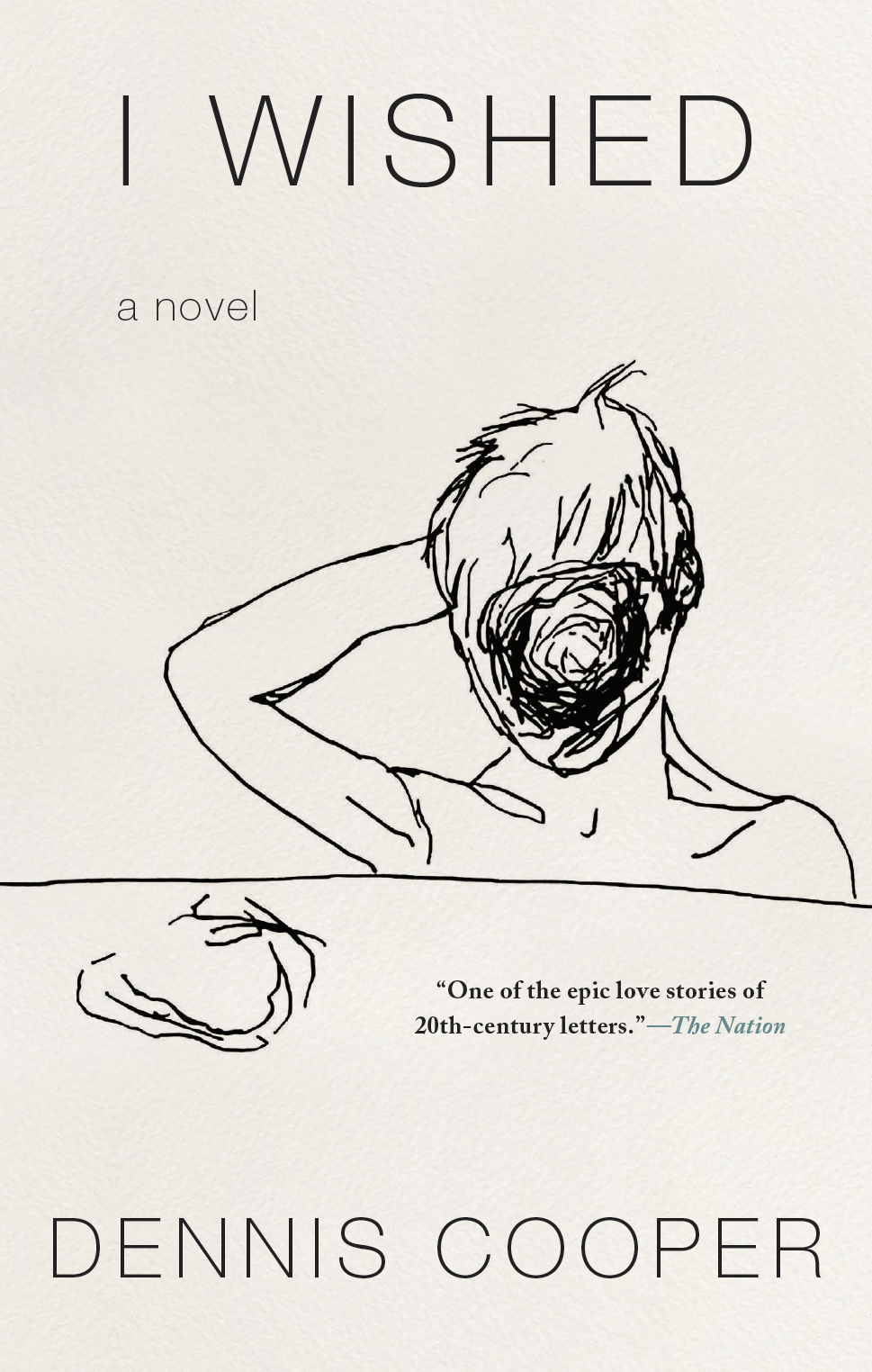
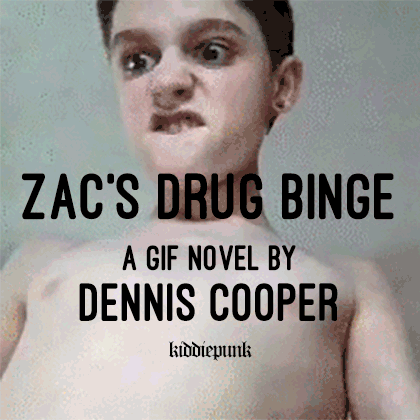
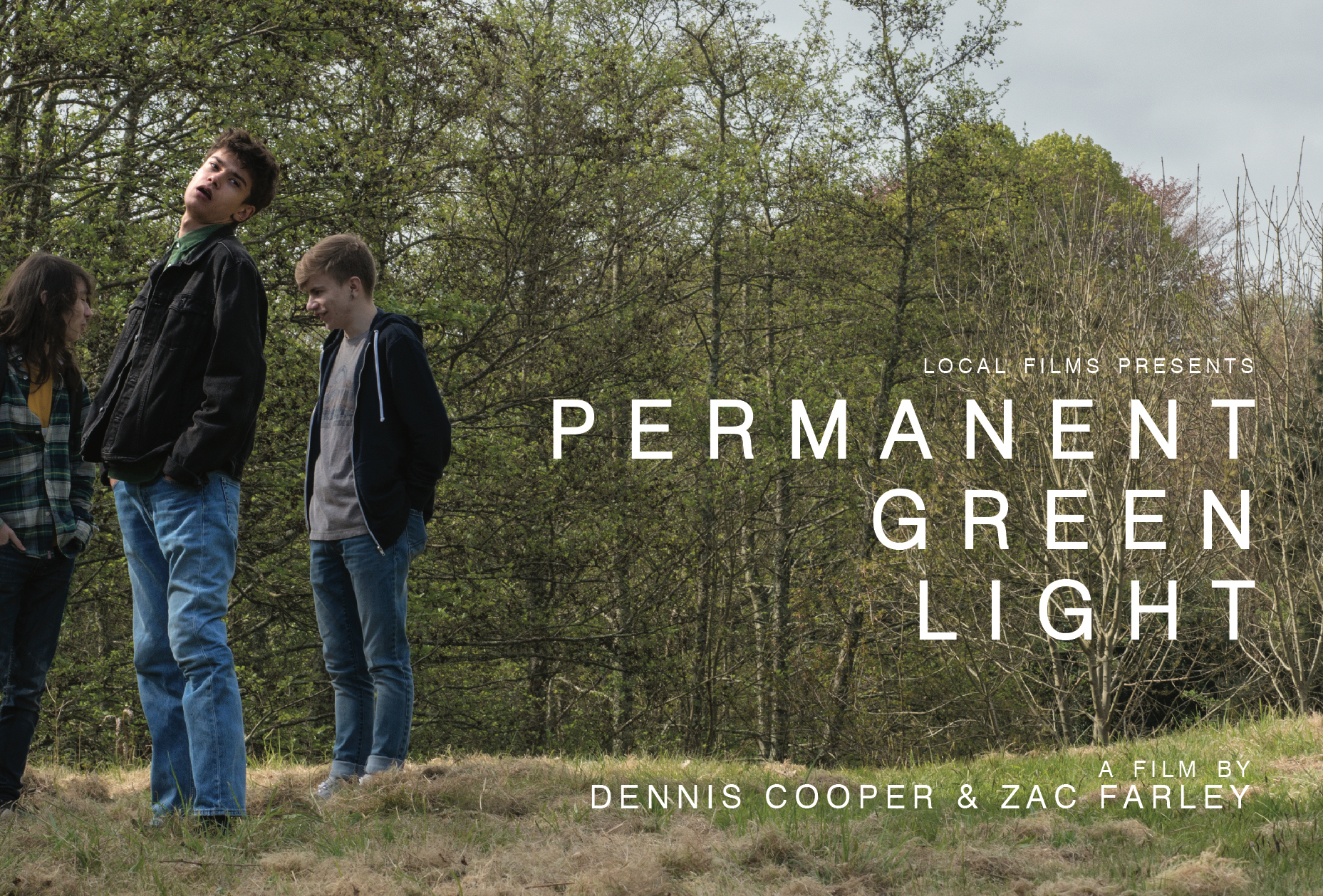 Now available in North America
Now available in North America 